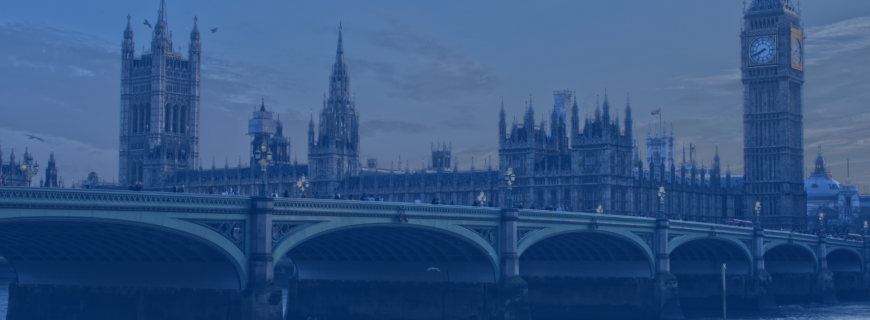It is common knowledge that the Bank of England and other central banks use interest rates to control their economies. While not the only strategy central banks operate, it has been the go-to option for hundreds of years, a relatively blunt but effective instrument. In reality, using interest rates to control economies is a fine art, a delicate balancing act, not as easy to perfect as you might think.
The role of the Bank of England
Before we look at the ways in which interest rates are used to influence the economy, it is essential to appreciate what the “interest rate” actually relates to. This is the rate that the Bank of England pays to commercial banks that hold money with them. As the banks pay interest to us on our savings, the Bank of England pays interest to banks on their “savings”.
This interest rate (often called the base rate) has a considerable influence on the interest rate that banks charge on loans or pay on savings. For example, when interest rates were 0.1%, a mortgage rate of 3% would be attractive to a commercial bank. However, with an interest rate of 5.25%, a mortgage rate of 3% is unviable, with the variable rate now nearer 8% (to include an element of profit). When considering interest rates, it is essential to look at them on a relative basis.
Inflation is the key
Now that we can appreciate how the Bank of England’s interest rate impacts commercial bank rates, how does this filter through to inflation? If the economy is strong, consumers and businesses have cash to spend and, more importantly, can fund debt; this encourages demand for products and services. The greater the demand, the greater the upward pressure on prices, otherwise known as inflationary pressure.
Modest inflation is an essential element of long-term economic growth, but high inflation will eventually make goods and products unaffordable. Company profit margins would be cut, and efficiency savings such as redundancies would become more commonplace, reducing consumer demand. As demand for goods and services falls, this will reduce the upward pressure on prices, bringing inflation down. But not without short-term financial pain for consumers and businesses, as we see now!
Encouraging spending
Fundamentally, debt plays a huge role in consumer and business activity and is a crucial element of economic growth. By increasing or decreasing the base rate, the Bank of England can influence the rate commercial banks charge on loans and savings. To encourage spending, the Bank of England would look to reduce interest rates, which filters through to:-
- Encouraging spending – making debt more affordable (personal loans, mortgages, etc.) encourages spending, which filters through to economic growth.
- Discouraging saving – reducing rates discourages savings, encouraging spending and investment, which would feed into economic growth.
This is why we tend to see relatively low-interest rates in times of economic hardship, such as in the aftermath of the start of the Covid pandemic. However, when the economy starts to recover, it can be a delicate balancing act, gradually increasing interest rates without undermining the economic recovery.
Encouraging saving
Conversely, if an economy is overheating (effectively growing too fast, reflected by strong inflation), the Bank of England would tentatively increase base rates to reduce consumer demand slowly. An increase in interest rates would:-
- Discourage spending – increasing interest rates would make debt more expensive, thereby reducing consumer demand for goods and services.
- Encourage saving – as interest on savings rises, people are encouraged to save rather than spend or invest, weakening consumer demand and economic growth.
Simply making debt more expensive and encouraging saving cuts off an element of the lifeblood of economic growth; spending. Reducing demand will weaken inflation, reducing profitability for companies and injecting an element of financial hardship for everyone.
Long-term interest rates
As the Bank of England controls short-term interest rates (the base rate), you might assume that the bank also controls long-term interest rates. This is not the case.
Long-term interest rates are dictated by the money markets and tend to be reflected in the rate paid on government bonds, commonly known as Gilts. These are debt instruments, IOUs in effect, used by the government to borrow funds from investors to finance public services, capital investment, etc. – the running of the country. As this debt is guaranteed by the UK government, which has never defaulted on interest or repayments, it is considered the “risk-free” rate.
The government will issue short, medium and long-term Gilts, which are used as a basis for, for example, five-year or even 10-year fixed-rate mortgages. If, for instance, a five-year gilt issued by the government yielded 4.29%, then you would expect a mortgage rate above this to account for the mortgage lender’s profit, costs and risk.
So, while the Bank of England does not directly control long-term interest rates, they are heavily influenced by the short-term rate and government borrowing rates. The five-year, seven-year, 20-year and 30-year Gilts will also give you an idea of expected interest rate movements in the future. However, these can change in a split second!
Conclusion
As you can see above, using interest rates to control economies is relatively straightforward, influencing supply and demand; it becomes a little more complicated when you look below the surface. In simple terms, movements in interest rates are used to reduce the cost of debt or make saving more attractive – directly influencing how much money we have in our pockets.
If you would like to discuss your situation in more detail, please get in touch with me, and we can look at your options going forward.
